Sometimes I don’t hold the rock, it holds me. Some rocks don’t get stuffed into a pocket, then put on a shelf. Sometimes I nestle into a nook where I fit as well as a rock might fit in my hand, and make a memory to hold. Last October, backpacking into the inner gorge of the Grand Canyon (where the myriad rocks are oh-so-tempting, but I only take pictures and only leave footprints) was one of those times.
I went with my friend, Cathy. She yearned to experience the canyon, a place she’s described as her inner landscape, though she’d never seen it except in photographs before. To witness her eyes widening at her first look over the rim into and across the canyon, was one of the best views (and that’s saying something) of the trip for me. Then we swung our 35+ pound packs of gear and food and water on and began the descent. We shared 5 amazing days of hiking, exploring, discovering, and being. She even let me go on and on about the geology, from the scale of a bit of mica to the deposition of the formations into which the canyon is carved.
After settling into camp on the fourth day, I scrambled up a wall of Vishnu Schist and Zoroaster Granite. The rocks of the Vishnu Formation, predominantly mica schists, are the oldest in the Grand Canyon. Approximately 2 billion years ago, 25,000 feet of sediments were deposited and volcanics extruded onto the ancient sea floor. During an orogeny, a mountain-building episode, 1.7 billion years ago, those rocks were folded, faulted, and uplifted (metamorphosed), and intruded by the Zoroaster Formation, predominantly granite (also subsequently metamorphosed to form granite gneiss). The resulting mountain range is believed to have been 5-6 miles high. Over the next 500 million years, the mountains were eroded until only their roots remained, and today, the roots of those mountains form the steep walls of the inner gorge.
Geologist learn to think in terms of hundreds of millions of years, thousands of feet of sediment being deposited, and mountains being uplifted by miles pretty casually. But understanding the processes that shape the earth makes them no less awesome, perhaps even more so, and that last evening in the canyon, I mused on the rocks’ age and beauty from a big-enough-just-for-me ledge.
The next morning at dawn, Cathy and I began our hike out, 7 steep miles from the river to the rim on the South Kaibab Trail. We climbed through 2 billion years of geologic time and a place of such splendor and complexity that I will never know it all, no matter how often I explore it. And maybe that’s the point, I can never know it all. But I can always learn, wonder, and wander, and almost always find the perfect rock to hold me for a while.
.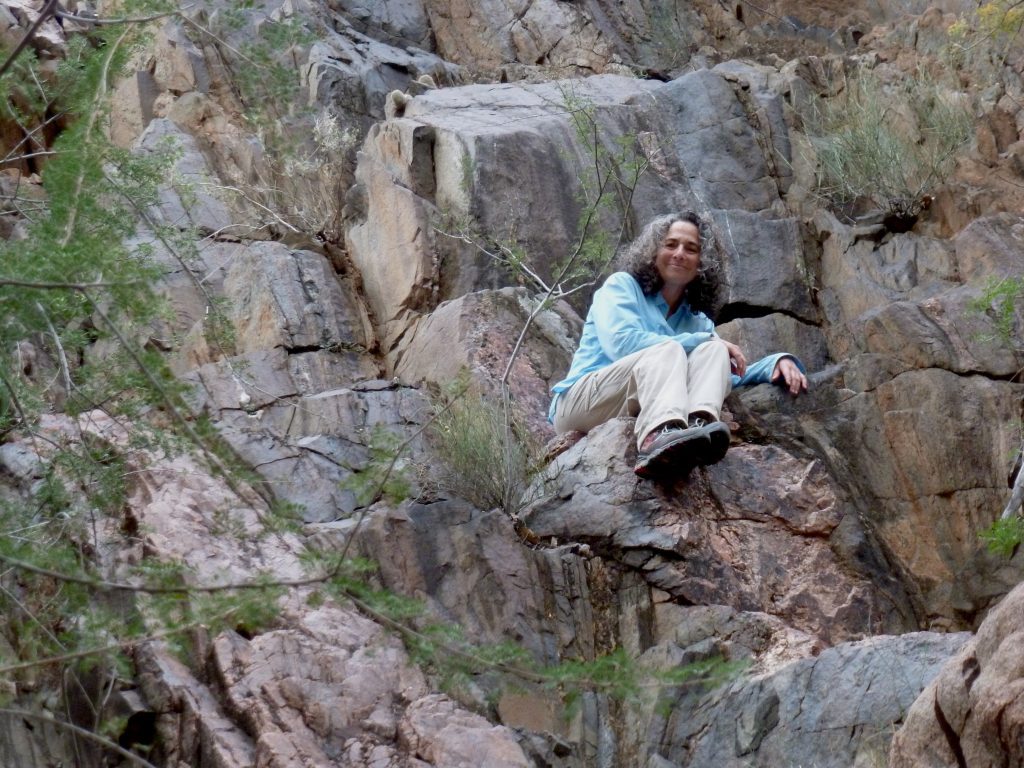
Tell me, what sparks your wonder?

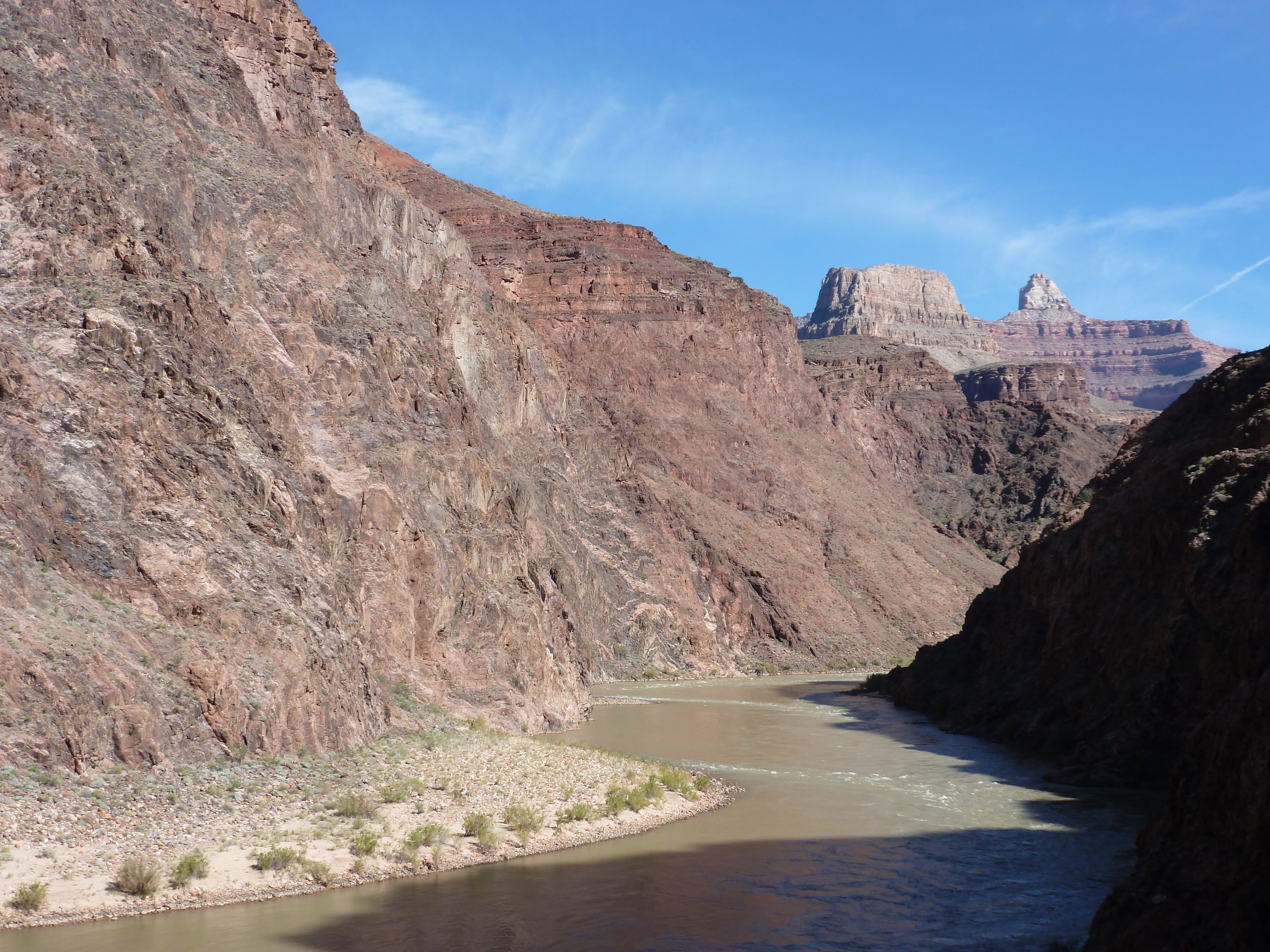
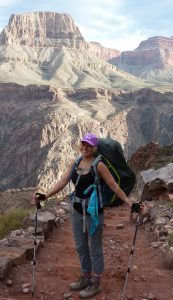

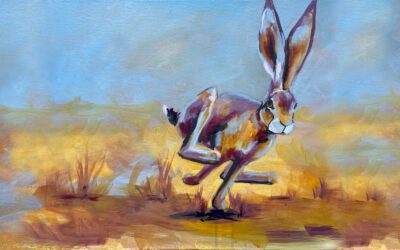
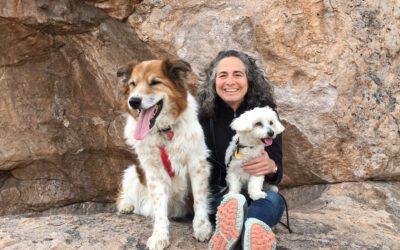
What sparks my wonder? Well, you do for instance. You are sharing your love for rocks and things so very wonderfully and are inspirational . The workings of symbiotic soil microorganisms most spark my wonder, but I just look out the window and I am thunderstruck. I mean, it is just sooo incredible anywhere in Great Nature. Please do keep up the Good Work, Deb!
Thank you Deb. Thought provoking and gentle observations.
Great
Whether you believe it’s 500 million years old or a mere 5,777 there’s no debating the awesome beauty of your “backyard”. Thank you, Deb, for sharing it with us…
Deb, Following you through the canyon was the experience of a lifetime! You read the walls and layers of rock the way one might read a poem or an unfamiliar expression on a loved-one’s face. You make me believe that nothing could ever be as breathtakingly meaningful and awesome as an orogeny. I hope I’ll have another chance to learn, wonder and wander with you (even though those 7 miles UP did bring me to my knees whimpering more than I care to admit). In the meantime, I have your wonderful posts to follow! Sending love.
Thank you, Cathy! It was a wonderful, in the truest sense of the word, trip. Here’s to another.
Hi Deb, Love your adventure! But I enjoy myself being here now, had the first sail of this year in the Malaspina Straight on the 21 of February in my “Caribbee.”
Happy Sailing, Joe!
Whenever I think of the vast years that have gone into shaping our earth I am left feeling fleeting and miniscule but I am happy to be here and to catch glimpses of the amazing things that time brings. Your perspective on those scenes really helps to bring them to life. It all goes to show you what patience can bring…5 mile high mountains to stubs…our world is so fascinating.
It really is, Terry. Thanks for coming along for this “hike.”
Wonder ? How were the names Vishnu & Zoroaster determined & affixed ?
Here’s the short answer – formations are often named for notable landmarks in the areas where they are defined (their type sections). I think the Vishnu Schist and Zoroaster Granite fit in that category. In 1882, Clarence Dutton published an early study of Grand Canyon geology and in it named many of the landmarks in the canyon, such as the Vishnu Temple on the North Rim. He felt that the Grand Canyon was such an amazing feature that all the world’s cultures should be represented in the naming of its prominent landmarks. In addition to the Vishnu Temple, he named Cheops Pyramid, the Tower of Ra, the Jupiter Temple, and the Solomon Temple, to mention just a few. Google it, there’s lots of interesting reading on this.
I live on the Oregon Coast. I’ve been wondering lately what geologic processes occurred to create the bays (wide brackish tidal controlled waters where the rivers meet the seas) and why are they different sizes and how do they evolve? Yes rock type and time are strong controls, but what piece am I missing?
I am a geologist with more questions than answers.
I don’t think I know a geologist with more answers than questions, do you? That’s what makes what we do so wonderful, I think, we can be doing the same process – mapping, trenching, or drilling – but the puzzle we’re working on is different every time. Please keep us posted as you explore and discover answers on the Oregon Coast.
Well I admit that botanical sex sparks my wonder. Plants do the most amazing things to produce seeds. I enjoyed our backpacking and exploring in the past. Happy to see you sharing your geology knowledge and enthusiasm with another friend.
From our backpacking trips, one of the things I remember is your fantastic balance with a big, heavy pack while getting into positions to look at those amazing seeds.
Good writing sparks my wonder. And so does a well thrown bowl, brushwork that is deliberate and efficient, nature in action, and our human ability to pause and have gratitude for what is right in front of us. Your friendship sparks my wonder, Deb, and so does your writing. I look forward to where that will take us. Rock on, my friend. Pat
Reading this, I felt I was right there with you. Let’s do a Canyon trip together sometime! Thinking about geologic time helps me keep things in perspective; making things in life seem not so big after all.
I’m always ready to plan another canyon adventure! We just need to plan a few months ahead to get the back country permit.
Two facets of your hiking note truly spark my wonder and interest, Deb – YOU and the rock units! I am so blessed to know, and to be able to continue learning more about, both!! Keep up the wonder-filled writing! It inspires me!!
Quick question – Did ya’ carry water for 5 days, or did your chosen route pass springs where you could replenish? A great saunter for sure!
Cheerz, -g-
Carrying that much water would have buckled our knees, for sure. Actually, the campsites we got permits for on that trip had potable water, so all we had to do was carry the water we needed for the day’s hiking. That was kind of a luxury. But the most I’ve had to carry on Grand Canyon trips, at least on the routes I’ve done so far, is two days’ worth of water.